
More about rosacea
Rosacea is a name given to the chronic inflammatory disease of the skin, which tends to occur in adults. The consequences of rosacea are facial redness and the appearance of small red bumps or pustules that are filled with puss. Rosacea is more frequent in women than in men, and it is a characteristic disease, which mostly affects fair-skinned people from northern Europe. Rosacea is an incurable disease but it must be treated to reduce the symptoms, because this progressive disorder can only become worse over time.
This disorder has its characteristic symptoms, and the most common signs of rosacea are redness on the face and red bumps or pustules on nose, cheeks, forehead and chin. Moreover, red and bulbous nose as well as small blood vessels that are seen on the face, may also occur. Ocular rosacea is the burning feeling in the eyes and it usually happens as one of the symptoms of this disease. There are three stages of the appearance of rosacea: pre-rosacea, vascular rosacea and inflammatory rosacea.
The main cause of rosacea is not yet discovered but there are indications that this disease occurs as a result of some hereditary and environmental factors. There are some factors that can worsen it, and some of them are alcohol, spicy or hot foods, extreme temperatures and sunlight. Furthermore, corticosteroids, hot baths, saunas and strenuous exercises can also aggravate rosacea, and the same goes for stress, anger and some blood pressure medications.
Complications of rosacea
Untreated rosacea can lead to various serious conditions, such as rhinophyma and many problems with eyes. Rhinophyma is a medical term for a disorder marked by the formation of tissues on and around the nose. Enlarged sebaceous glands are responsible for this formation. This condition usually appears in men and rarely in women.
Blepharitis is a name for an eye condition that appears as a result of ocular rosacea that affects the eyes, and it refers to the inflammation of the eyelids. Certain antibiotic tablets and creams, as well as regular cleaning are used in treatment of blepharitis. When the symptoms are noticed, it is important to visit a dermatologist. Although there is no one specific cure for rosacea, it must be treated on time. The dermatologists usually prescribe some medications and recommend some lifestyle changes to the patients. Some moisturizers and soups for the better appearance of the skin are usually advisable.



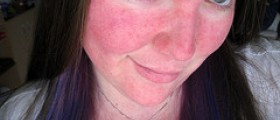


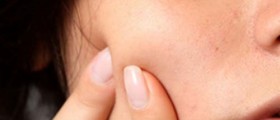


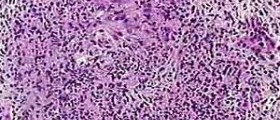
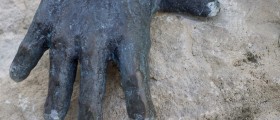

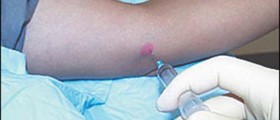

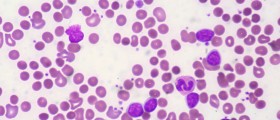


Your thoughts on this
Loading...